Trump also announced temporary suspension to the steel and aluminum tariffs, until May 1, 2018. The final result will depend on the discussions outcome. The countries that are temporarily exempted include Argentina, Australia, Brazil, Canada, Mexico, EU and South Korea.
According to Wood Mackenzie data, in 2017, the top 10 steel importer to US are Canada (16.7%), Brazil (13.2%), South Korea (9.7%), Mexico (9.4%), Russia (8.1%), Turkey (5.6%), Japan (4.9%), Germany (3.7%), Taiwan (3.2%), China (2.9%).
The total contribution of the exempted countries is 52.7%!
Like some said, this is more political drama than anything as Trump announced a tariff and more than 50% is exempted.
Meanwhile, two notable absentees are Japan and Taiwan. Japanese’s request for exemption seemed to have fallen on deaf ears. Both Japan and Taiwan are seen by many as the closest allies of the US in the far east.
Here is the statement:
President Trump Approves Section 232 Tariff Modifications
WASHINGTON – Today, based on ongoing dialogues, President Donald J. Trump authorized the modification of the Section 232 tariffs on steel and aluminum imports to suspend the tariffs for certain countries before they take effect. These suspensions are based on factors including ongoing discussions regarding measures to reduce global excess capacity in steel and aluminum production by addressing its root causes.
The tariffs on steel and aluminum imports from the following countries are suspended until May 1, 2018, pending discussions of satisfactory long-term alternative means to address the threatened impairment to U.S. national security:
Argentina;
Australia;
Brazil;
Canada;
Mexico;
the member countries of the European Union; and
South Korea.
By May 1, 2018, the President will decide whether to continue to exempt these countries from the tariffs, based on the status of the discussions. The European Union will negotiate on behalf of its member countries.
The President retains broad authority to further modify the tariffs, including by removing the suspensions or suspending additional countries. Any country not currently suspended remains welcome to discuss a possible suspension with the United States based on a shared commitment to addressing global excess steel and aluminum capacity and production.
The Administration will closely monitor imports of steel and aluminum imports from exempted countries, and the United States Trade Representative, in consultation with the Secretary of Commerce and the Director of the National Economic Council, may advise the President to impose quotas as appropriate. Further action by the President would be needed to implement any quota the President might decide to adopt.
The tariffs proclaimed in Presidential Proclamations 9704 and 9705 will go into effect on 12:01 a.m. on Friday, March 23, 2018.
The process for directly affected parties to apply for an exclusion for specific steel or aluminum products that they need remains in place, as announced in the two Presidential Proclamations and subsequent Federal Register notices by the U.S. Department of Commerce. Secretary Ross, in consultation with other Administration officials, will evaluate exclusion requests for products, taking into account national security considerations. In that evaluation, the Secretary will consider whether a product is produced in the United States of a satisfactory quality or in a sufficient and reasonably available amount.
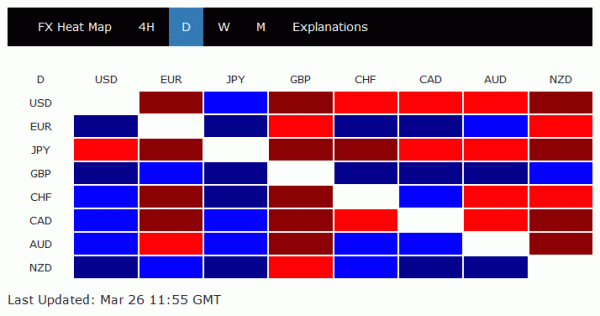 Euro and Sterling both showing extra strength entering into US session. Both EUR/USD and GBP/USD surges through last week’s high.
Euro and Sterling both showing extra strength entering into US session. Both EUR/USD and GBP/USD surges through last week’s high.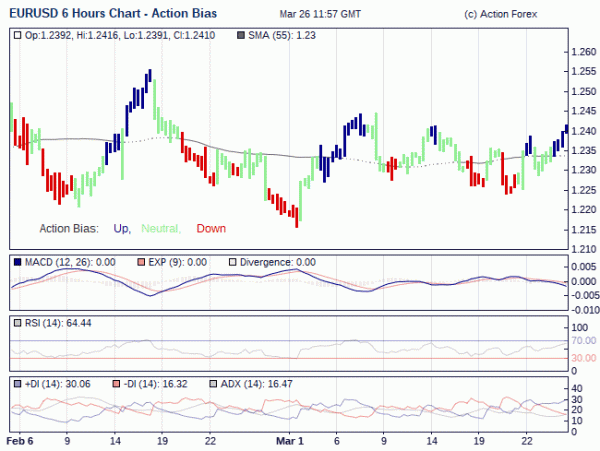
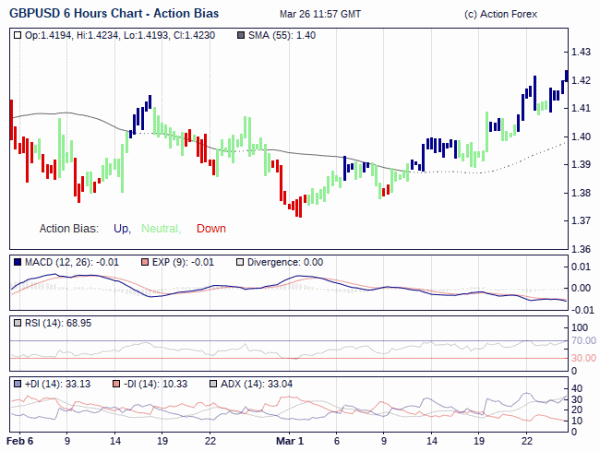 Meanwhile, for now, both NZD/JPY and GBP/JPY are having more than 1% gain for today.
Meanwhile, for now, both NZD/JPY and GBP/JPY are having more than 1% gain for today.



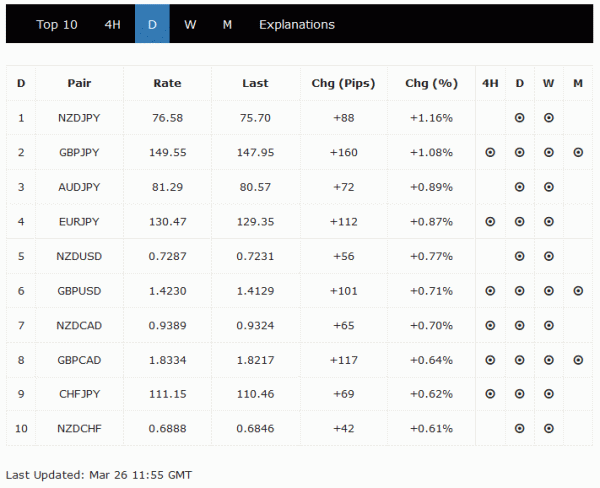
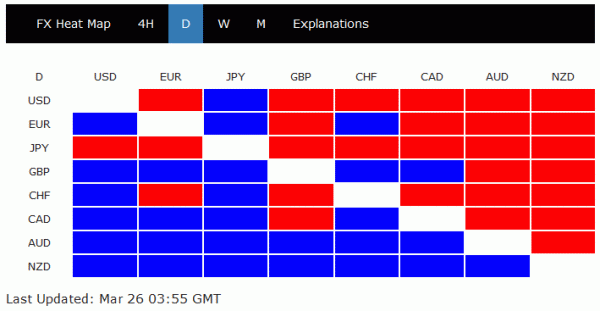
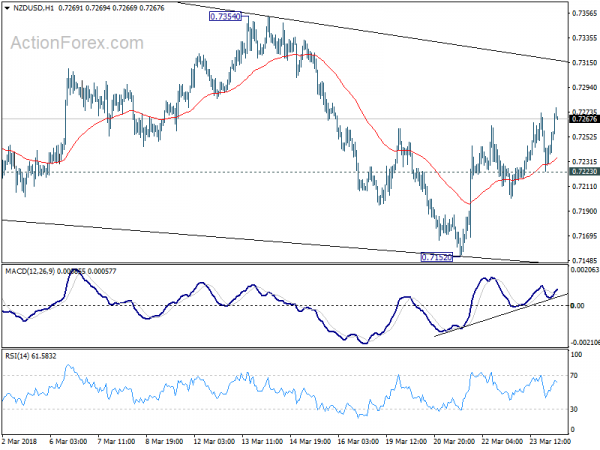
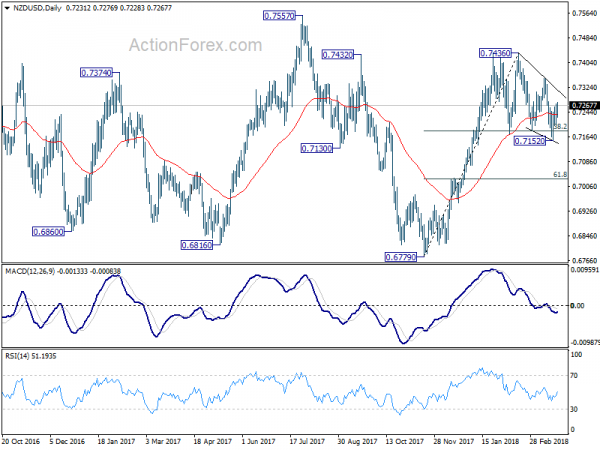
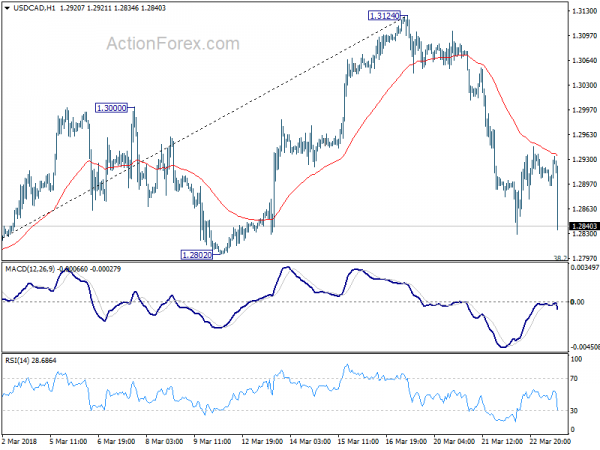
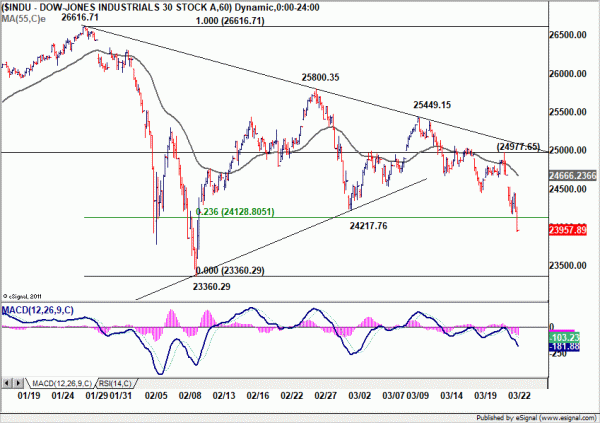
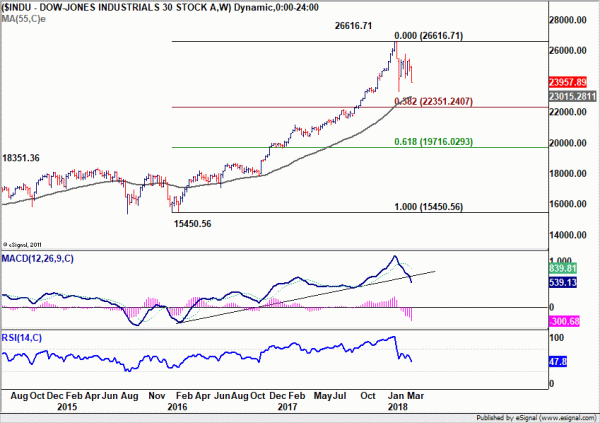
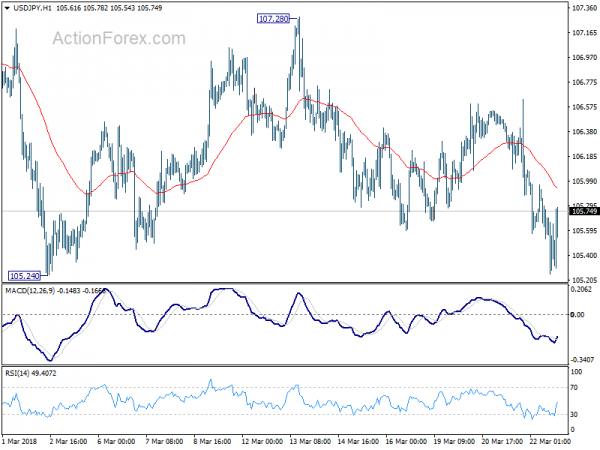
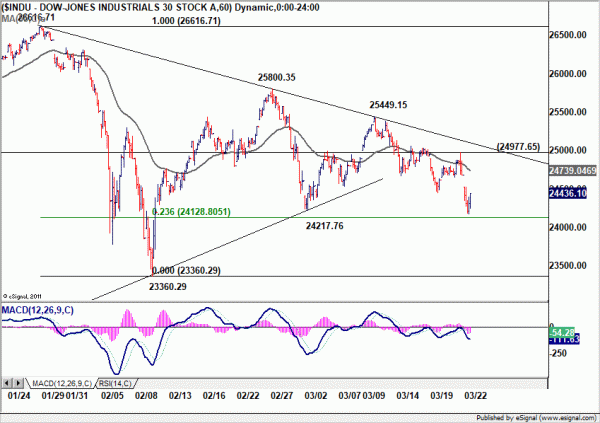
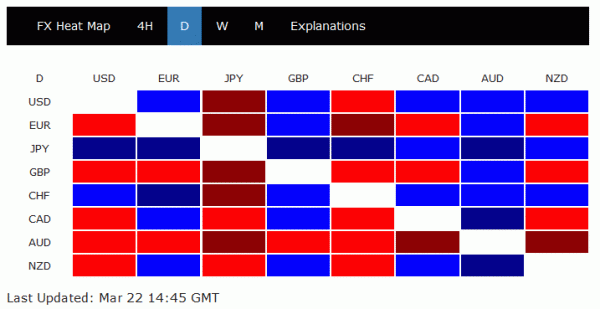
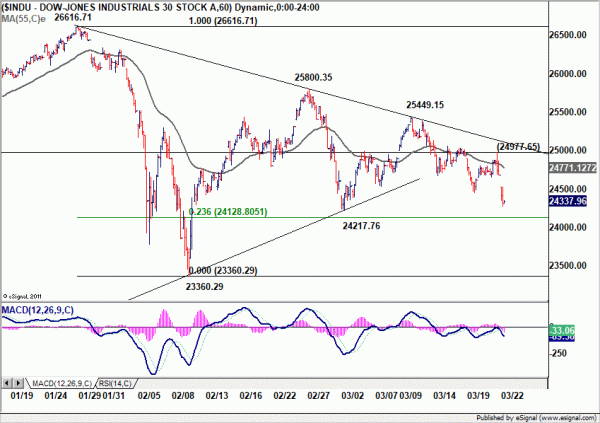
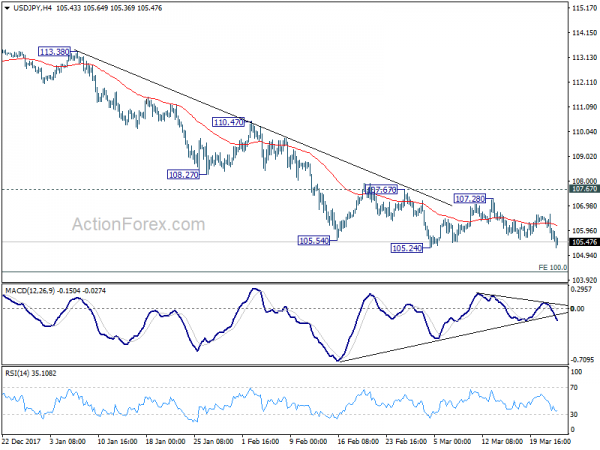
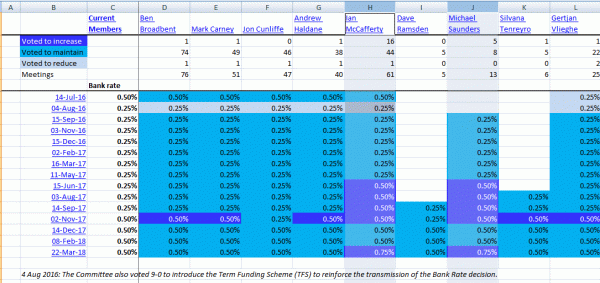
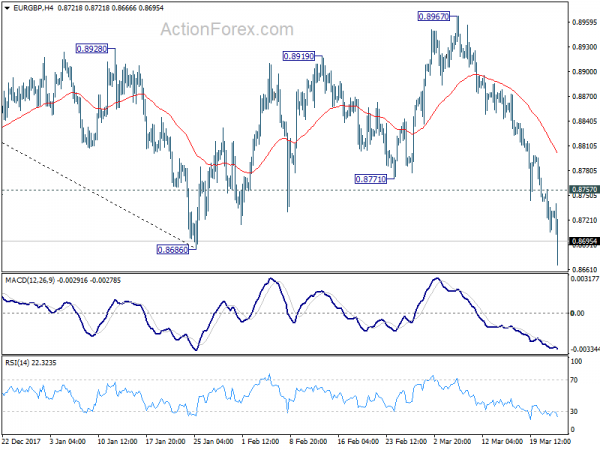
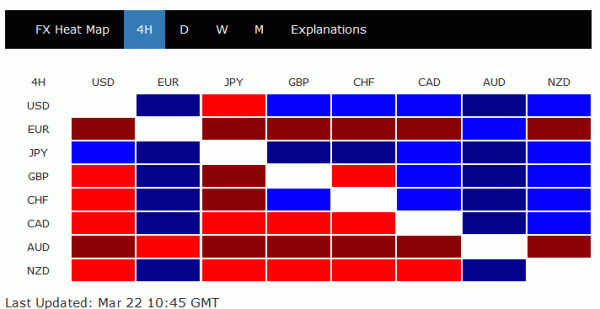
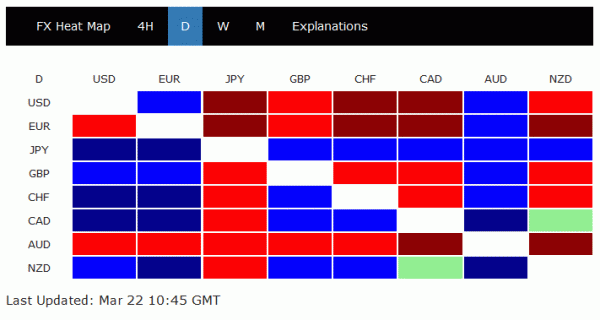
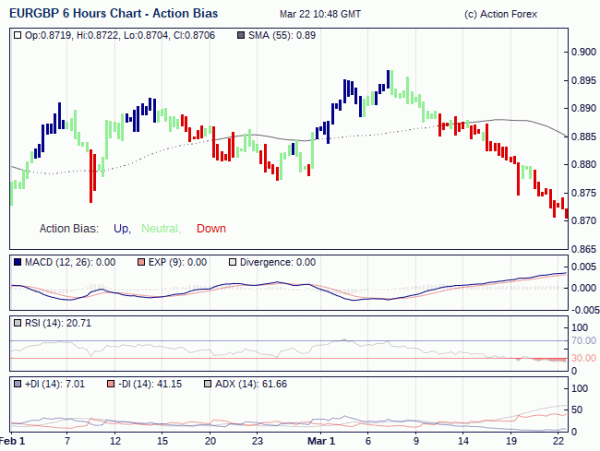
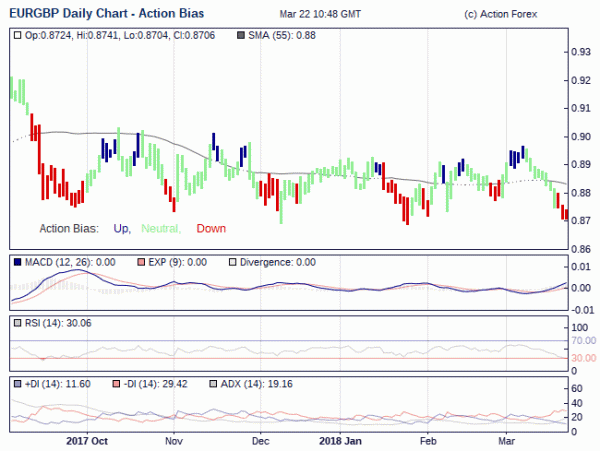

DOW feels heavy around 24000, Euro gains upside momentum
DOW opened notably higher today and breached 24000 handle to 24044.39. But it quickly lost momentum. For the moment, it’s feeling heavy from 24000. Current fall from 25449.15 is seen as resuming the decline from 26616.71 to 23360.29. Ideally, if our view is current, any interim recovery should be brief and there should be near them downside acceleration through 23360.29 support. And, break of 24453.14 resistance is needed to indicate bottoming. Otherwise, DOW will more likely have a take on 23360.29 than not.